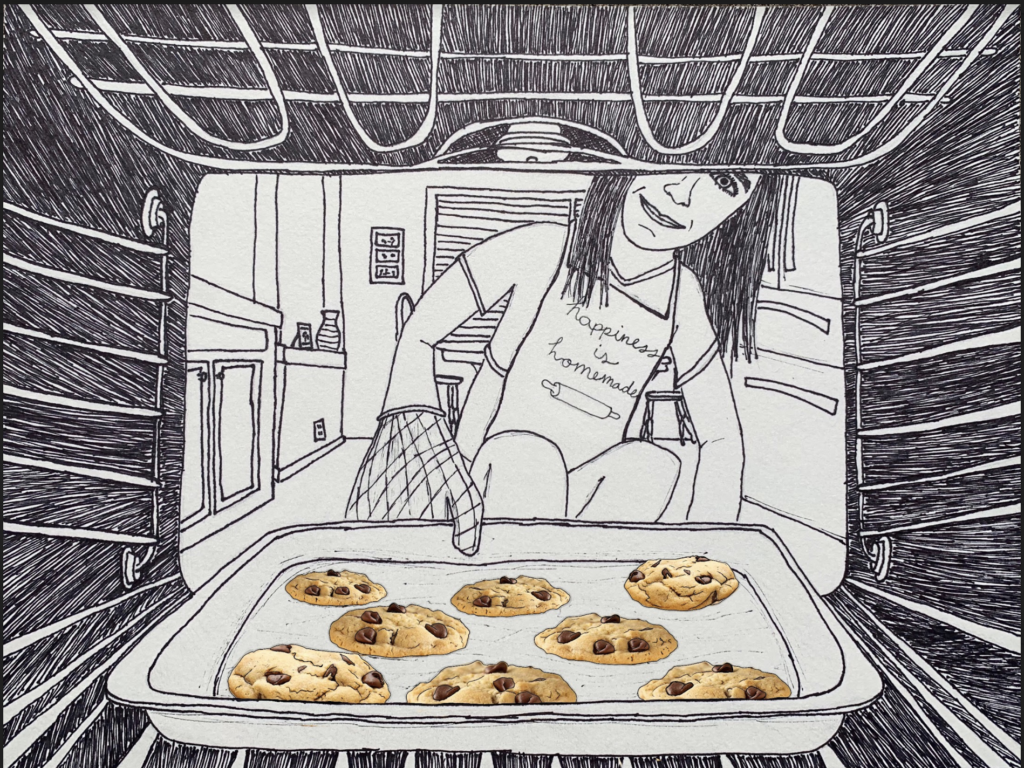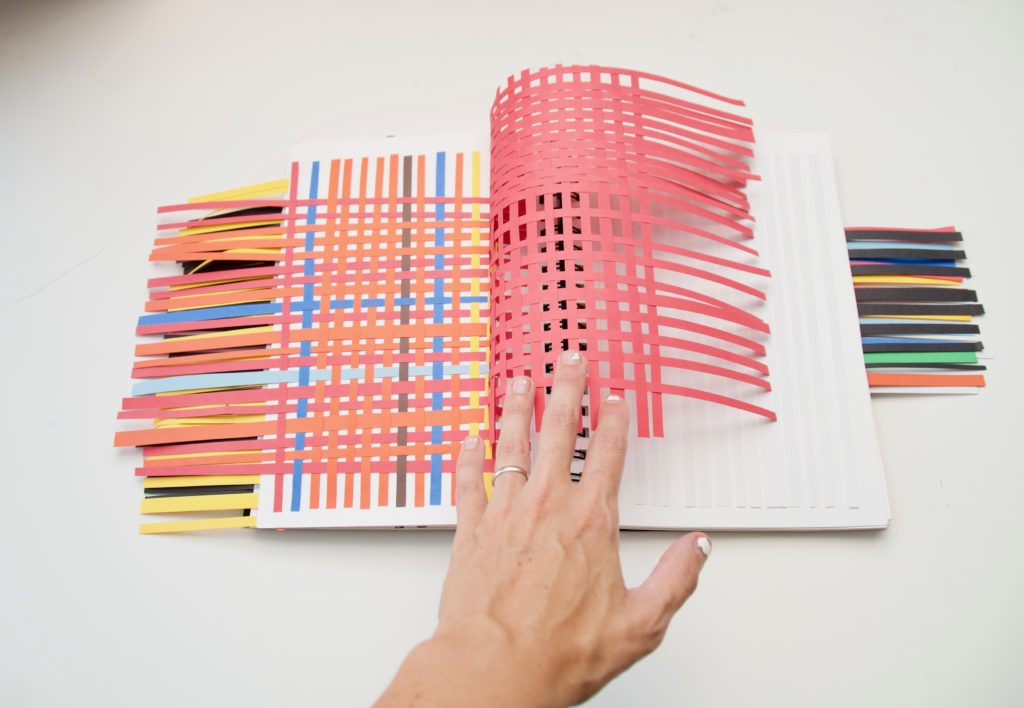2019-2020 Changes to AP Studio Art Courses

Advanced Placement (AP) Studio Art Course Requirements are changing for the 2019-2020 school year.
For the upcoming school year, the college board has changed studio art requirements. While the full details won’t be released until the end of May, I wanted to share what we currently know, and what it means for you and your children.
The Main Differences
- The overall portfolio is going from 24 pieces to 15 pieces
- There will no longer be a breadth section of the portfolio
- The portfolio will have a stronger focus on process
- Registration for the portfolio will happen earlier this year
I’ve been teaching AP Studio Art courses for 5 years, and I’m excited about these changes. 24 pieces was a lot for a student to create in one year, never leaving as much time for process and experimentation as I would like. The change of going from 24 to 15 pieces is great for students. It will allow for more time in their sketchbooks, more time to dive deeper into pieces, and more room for error.
If you’re not overly familiar with AP Studio Art Portfolio’s you may not know what the breadth section is.
Previously, students submitted 24 pieces. 12 were for their concentration and 12 were their breadth. The concentration is a body of work that is focused on around on central idea. The breadth was an additional 12 pieces that were to demonstrate that the student could work with different mediums, techniques, subject matter and the like. Moving forward, there will no longer be a breadth section. For some, this is frustrating, as they feel there is no longer as much room for experimentation. For me and the way that I teach my class, it allows much more room for exploration, as we’ll be able to spend more time working in sketchbooks, which when done well, is both fun and extremely meaningful for students.

Focusing on Process
In the world of Art Education, there is a long-running debate between process and product. Which is more important? I don’t think either is more important than the other. Students need both. In the past, AP had a strong focus on product, meaning most of the emphasis was placed on what the finished piece looked like, with little attention paid to how the student got there. Process is about the ability to think and solve problems, which is an essential skill in all areas of life. So I’m thrilled that the college board is making room in the AP 2D Design and AP Drawing class for a deeper focus on the process.
Registration will happen earlier
If you homeschool your children, or they’re taking an online AP course because it’s something that their school doesn’t offer, I’ll work with you to help get them registered to submit their portfolio. The main thing for you to understand is that while my AP courses are approved by the college board, they are allowed to be taught online, the portfolio must be submitted through a brick and mortar school. I provide you with talking points and support information as you reach out to a school. This should not cost anything extra.
